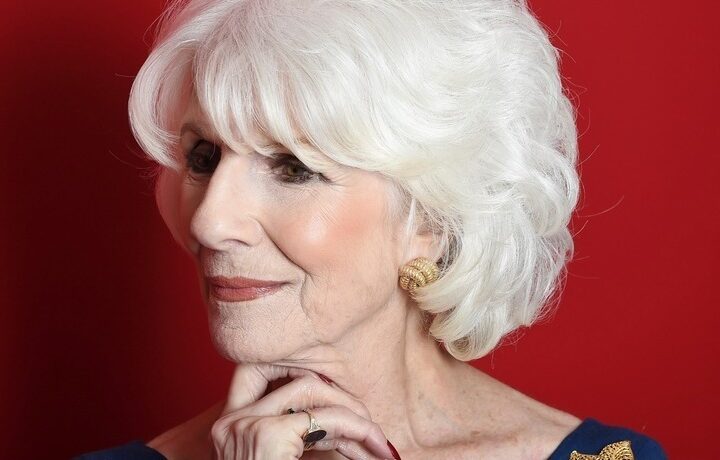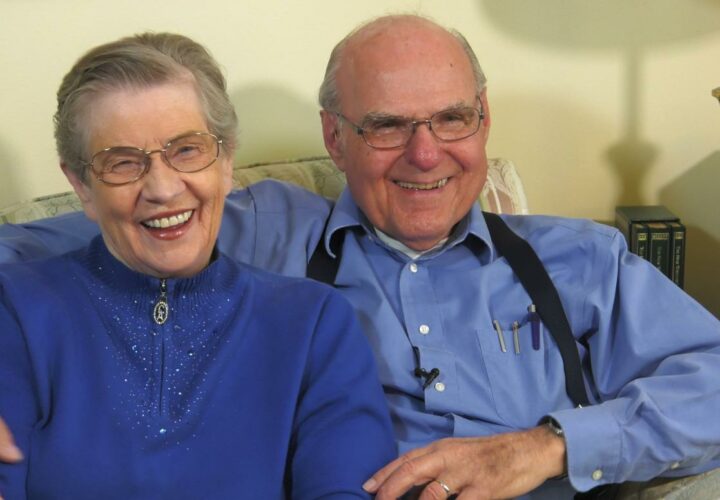Sandra Day O'Connor, the first woman to serve on the U.S. Supreme Court, was 75 when she left her job on the highest court in the land, though she was still sharp and able, to care for her husband, who had Alzheimer's.
Sandra Day O’Connor, the first woman to serve on the U.S. Supreme Court, was 75 when she left her job on the highest court in the land, though she was still sharp and able, to care for her husband, who had Alzheimer’s. She supported her husband throughout his disease, even when he found love with another woman at his care facility, oblivious to the memory of O’Connor as his wife. “Mom was thrilled that Dad was relaxed and happy,” their son Scott O’Connor told a local TV station.
Alzheimer’s tested her as a caregiver then, and now it tests her as a patient. The former Supreme Court justice, age 88, announced Tuesday she likely has Alzheimer’s disease and is “retiring from public life.”
In what may be her final public statement, O’Connor echoed sentiments expressed in the late Senator John McCain’s final letter to the public—a call for bipartisanship that urged the American public to unite.
Justice O’Connor’s message specifically encouraged the education of young people on civics.
Her letter also served as a reminder of the math of dementia: By 2050, experts predict dementia is in the cards for 100 million more people. Right now, approximately 50 million people around the world are living with dementia. The annual cost of dementia is $818 billion worldwide, a number that is expected to rise to $2 trillion over the next 30 years.
Justice O’Connor’s public letter about her diagnosis is reprinted below.
Friends and fellow Americans,
I want to share some personal news with you.
Some time ago, doctors diagnosed me with the beginning stages of dementia, probably Alzheimer’s disease. As this condition has progressed, I am no longer able to participate in public life. Since many people have asked about my current status and activities, I want to be open about these changes, and while I am still able, share some personal thoughts.
Not long after I retired from the Supreme Court twelve years ago, I made a commitment to myself, my family, and my country that I would use whatever years I had left to advance civic learning and engagement.
I feel so strongly about the topic because I’ve seen first-hand how vital it is for all citizens to understand our Constitution and unique system of government, and participate actively in their communities. It is through this shared understanding of who we are that we can follow the approaches that have served us best over time—working collaboratively together in communities and in government to solve problems, putting country and the common good above party and self-interest, and holding our key governmental institutions accountable.
Eight years ago, I started iCivics for just this purpose—to teach the core principles of civics to middle and high school students with free online interactive games and curriculum that make learning relevant and remarkably effective. Today, iCivics (www.icivics.org) reaches half the youth in our country. We must reach all our youth, and we need to find ways to get people—young and old—more involved in their communities and in their government. As my three sons are tired of hearing me say, “It’s not enough to understand, you’ve got to do something.” There is no more important work than deepening young people’s engagement in our nation.
I can no longer help lead this cause, due to my physical condition. It is time for new leaders to make civic learning and civic engagement a reality for all. It is my great hope that our nation will commit to educating our youth about civics, and to helping young people understand their crucial role as informed, active citizens in our nation. To achieve this, I hope that private citizens, counties, states, and the federal government will work together to create and fund a nationwide civics education initiative. Many wonderful people already are working towards this goal, but they need real help and public commitment. I look forward to watching from the sidelines as others continue the hard work ahead.
I will continue living in Phoenix, Arizona, surrounded by dear friends and family. While the final chapter of my life with dementia may be trying, nothing has diminished my gratitude and deep appreciation for the countless blessings in my life. How fortunate I feel to be an American and to have been presented with the remarkable opportunities available to the citizens of our country. As a young cowgirl from the Arizona desert, I never could have imagined that one day I would become the first woman justice on the U.S. Supreme Court.
I hope that I have inspired young people about civic engagement and helped pave the pathway for women who may have faced obstacles pursuing their careers. My greatest thanks to our nation, to my family, to my former colleagues, and to all the wonderful people I have had the opportunity to engage with over the years.
God bless you all.



